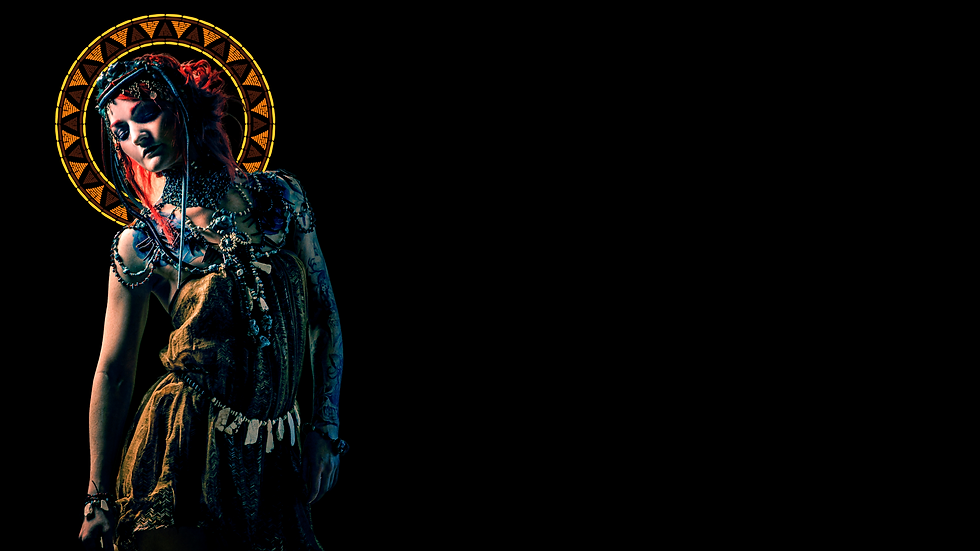
Our biggest challenge for this project was creating a brand that tackled a real-world issue with the use of technology. After much brainstorming, my group and I settled on finding an innovative solution to the food shortages faced by tribal people around the world.
Not only did we need to figure out how to create a brand that would be able to achieve this, but we also needed to consider every aspect of how this would take place, from the funding to the logistics. Not to mention the social media marketing on different channels and the creation of a logo.

PROBLEM RESOLUTION
We realised that for this undertaking, we would need to focus on a single project by the Tribal Food Foundation (which was hailed by us as the latest project by the organisation). But, at the same time, we understood that it was important to mention the organisation's other projects around the world in brief, to show how the brand has been well established.
The logo design took a lot of brainstorming as well because we needed something that would reflect the brand's ideas across all of its projects. But, ultimately I was able to settle on the perfect thing. I designed a special social media strategy for the project as well. Integrative promotional materials such as flyers, social media content and merchandising to offset costs incurred by the organisation were implemented successfully.
Our latest project was hence the Remote Food Project which provided food to Native American tribes with the help of drones. Scientific data was used for analysis and a strategy was created. As
our organisation is a non-profit, funding would come from the community and our investors in several different ways. Risk analysis and proposed results were both contained in the project creation.

KEY TAKEAWAYS AND
SIGNIFICANT RESULTS
We understood that the benefits of this project would not only positively impact Native American tribals, but also the community and our investors. The community's benefits would primarily be ethical since people are contributing to a better society by providing funding, items and food to the tribals (through supply of excess produce from specially set up farmers' markets and donation drives).
Based on our analysis of how this project would help Native Americans, we calculated that there would be a 15% reduction in food insecurity. In addition, a 20% decrease in obesity and a 10% decrease in Type 2 diabetes (this arose due to the fact that primarily junk food stores were present near to the reservations) would be observed.
Investors would be benefited as well - they would receive a donation certificate to elevate the value of their generous contributions. These certificates would be both physical and digital. The companies who choose to make donations would also be featured as proud sponsors of our organisation on both our social media pages, and our website, which would in turn drive traffic to these sites.


Digital and Print Marketing





.png)



E- newsletter


To engage our audiences further, we have created the social media version of a traditional Mexican game known as ‘Loteria’. In this game, players choose a random card from a deck and show it to other players. Each card will represent an actual tribal member and their personality which enables us to combine raising awareness about our project with greater community engagement. Once other players have seen that card, the card is thrown into the rest of the cards which are laid on the table with bigger blank cards scattered in between to help hide the specific card shown to other players earlier. Other players need to guess the exact location of the shuffled card they were shown earlier. This game continues till the player with the most number of correct guesses wins.
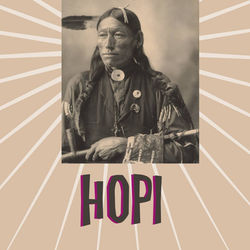 |  |  |
|---|---|---|
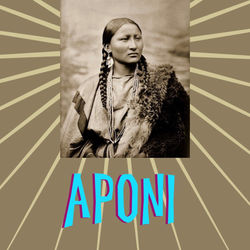 |  |  |
Our Logo - An In Depth Look

The logo incorporated elements of a tribal organization, with distinct dark brown tones,
and circular elements. The colors were chosen according to the hues associated with tribes, natives and ingenious people across the world.
The logo represents the diversity of tribes across the planet, while simultaneously incorporating the organization's goal to reduce and even end hunger among them through alleviation of food insecurity, provision of nutrient rich crops and working with other organizations to ensure that tribes receive better sanitary conditions.
The spatula and pitchfork at the center of the logo represent providing pre-cooked food to tribes as and when required, according to the conditions present (spatula) as well as spearheading any food related insecurities
faced by natives, and providing a rich yield of crops and nutrient rich food produce (pitchfork).
Merchandising






Tribal Food Foundation's Other Projects
 | 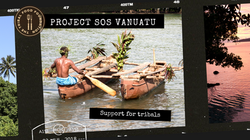 | 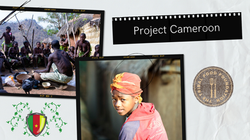 |  |
|---|---|---|---|
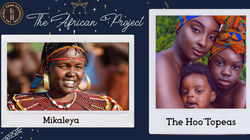 | 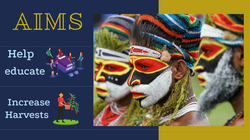 |

 | 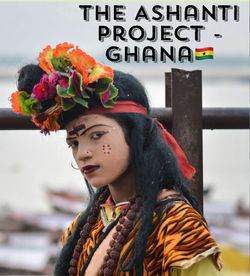 |  |
|---|---|---|
 |
Risk Assessment

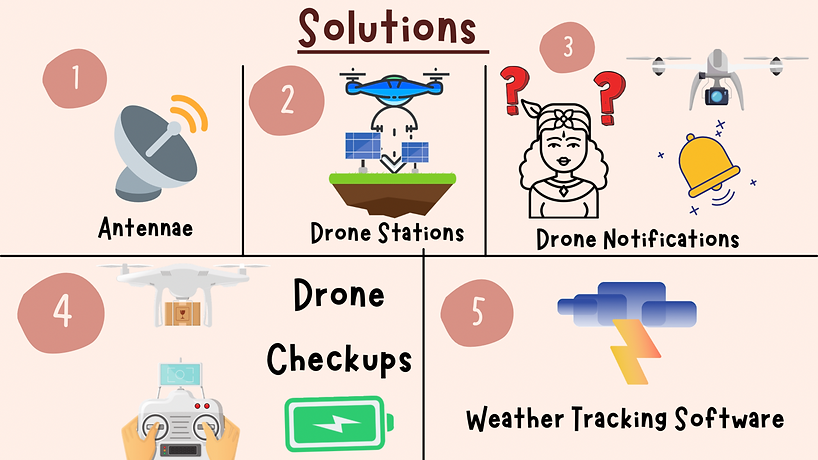

Project Results


Slide Deck
 | 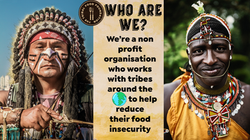 |  |  |
|---|---|---|---|
 | 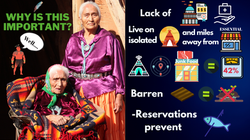 |  |  |
 |  |  | 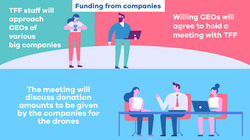 |
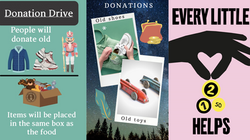 |  |  |  |
 | 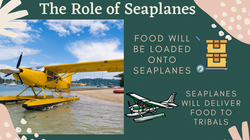 | 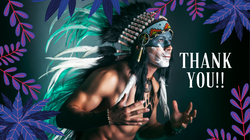 |
